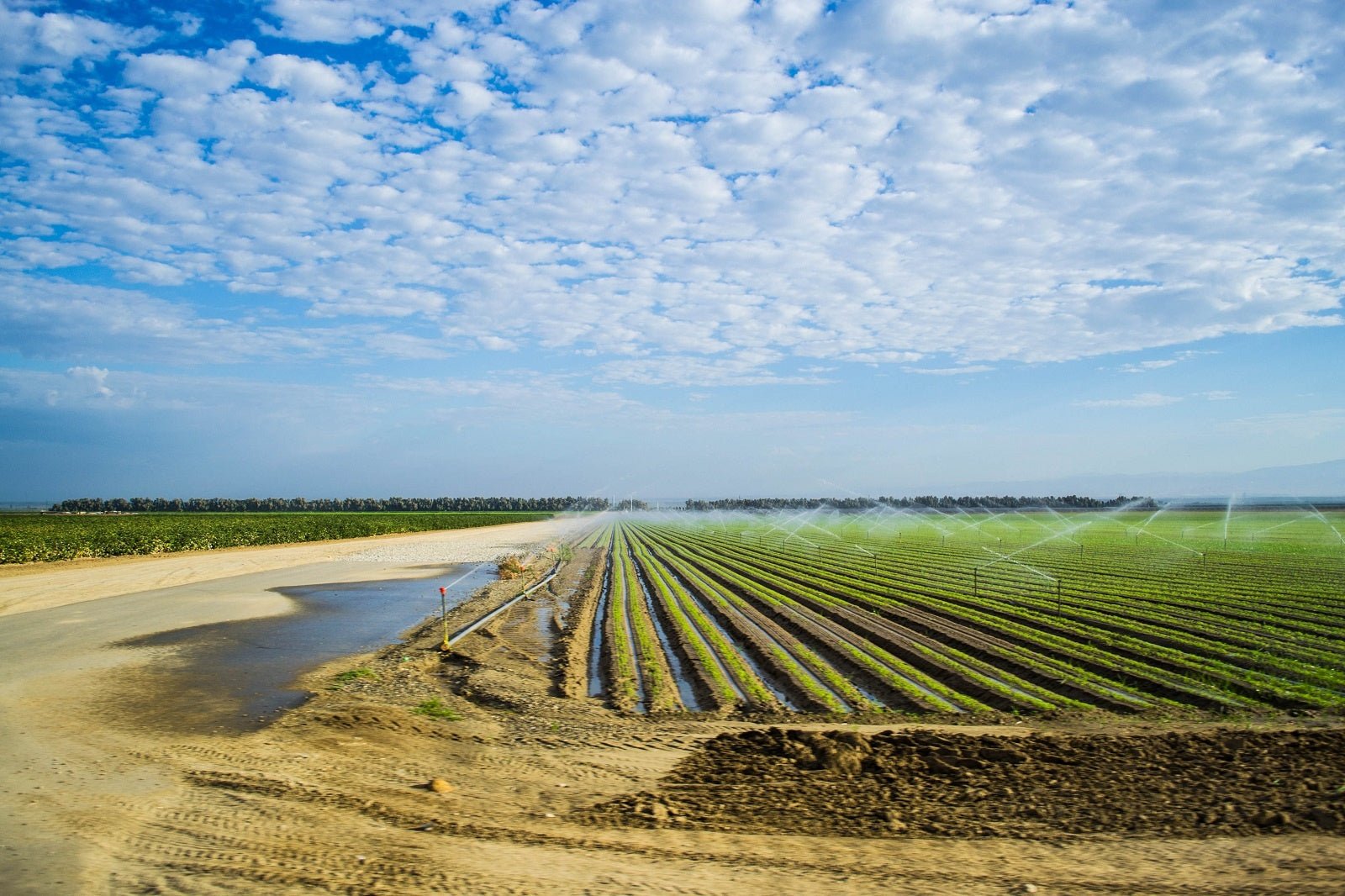
Climate Change is Here, And It's Becoming Harder to Farm Successfully
Your average farmer may not want to hear about climate change (do any of us, really?) or global warming, but their livelihood puts farmers smack in the cross hairs of the weather, and many of them are already being affected. Changes in the timing of rains, the frequency and intensity of droughts, floods, heatwaves, intense winter blizzards, hurricanes, and tornadoes, as well as the spread of previously unfaced pests and diseases are now become daily and yearly challenges for farmers in many areas around the world.
n
Tags:
Your average farmer may not want to hear about climate change (do any of us, really?) or global warming, but their livelihood puts farmers smack in the cross hairs of the weather, and many of them are already being affected. Changes in the timing of rains, the frequency and intensity of droughts, floods, heatwaves, intense winter blizzards, hurricanes, and tornadoes, as well as the spread of previously unfaced pests and diseases are now become daily and yearly challenges for farmers in many areas around the world.
But no one should be surprised. In a report sent to Congress in 1989, the U.S. Environmental Protection Agency (EPA) started warning that climate change was coming. It stressed that we needed to pay attention, doing everything we could to slow climate change. Sadly, this advice fell on deaf ears.
Today, almost 30 years later, many of the problems the report discussed have come to pass. Farmers in California, the Desert Southwest, and the Deep South of the U.S. are struggling with crippling droughts and falling water tables. Seacoast communities are going under as sea levels rise. 100-year floods now wipe out buildings along creeks and rivers, and drown thousands of acres of crops almost yearly.
A Case in Point: Climate Change in the Breadbasket
For the Great Plains (the great swath of farmland that fills the middle on the U.S. and Canada), changes in weather patterns spell trouble ahead for all of us. This spring, a team of scientists from the USDA Agricultural Research Service, Duke University, and the University of Illinois published a study in the PLOS ONE Journal, suggesting that springs in Illinois will be getting warmer and wetter, while summers will be getting hotter and drier, with more frequent droughts, during the remainder of the 21st century. For corn farmers, this will mean that the current planting window will no longer be workable - April and May will be far too wet to get into the fields and till or plant. But waiting to plant later is risky, as it may mean a higher likelihood of drought while corn is still actively growing and susceptible, while earlier planting is also risky due to the risk of late cold snaps and seed rotting in cold, wet ground. Why, you ask, should I be interested in weather changes in a State that many of us have never been to? Well, most of Illinois (about 75 per cent of the land) is farmland, and most of that farmland produces field corn (it accounts for 54% of all agriculture commodities marketed in the state) and soybeans (accounts for 27% of agriculture commodities marketed). And, according to the latest USDA figures, Illinois produces more corn than any other state in the U.S. except its neighbor Iowa (a staggering 225,565,650 thousand bushels of the stuff, or about 15% of all the corn produced in the entire U.S.!) Corn crop failures in the Midwest will have a devastating effect on the world food (and ethanol) supply, so figuring out what may happen and finding ways to work around the challenges are crucial. Looking ahead, the University of Illinois is launching another study that will test both alternative planting windows, as well the use of corn cultivars that mature more quickly or more slowly than those typically grown today do.What Can You Do?
While our hardworking farmers and agricultural researchers are doing what they can to figure out how to adapt to the changing weather conditions, the rest of us need to do everything we can to slow or even reverse climate change. According to the vast majority of people who have studied the issue, climate change has its roots in the fact that our lifestyle choices are releasing more carbon dioxide into the air each year than the ocean and the plants can absorb and tie up again. Cut your personal energy use and travel smart. Reduce, reuse, and spend your money wisely to support organic farmers and companies like Nature’s Path that have pledged to reduce their impact on the planet.Would you like to be the first to hear about our new products and more? Sign up for our Nature’s Path Newsletter.

